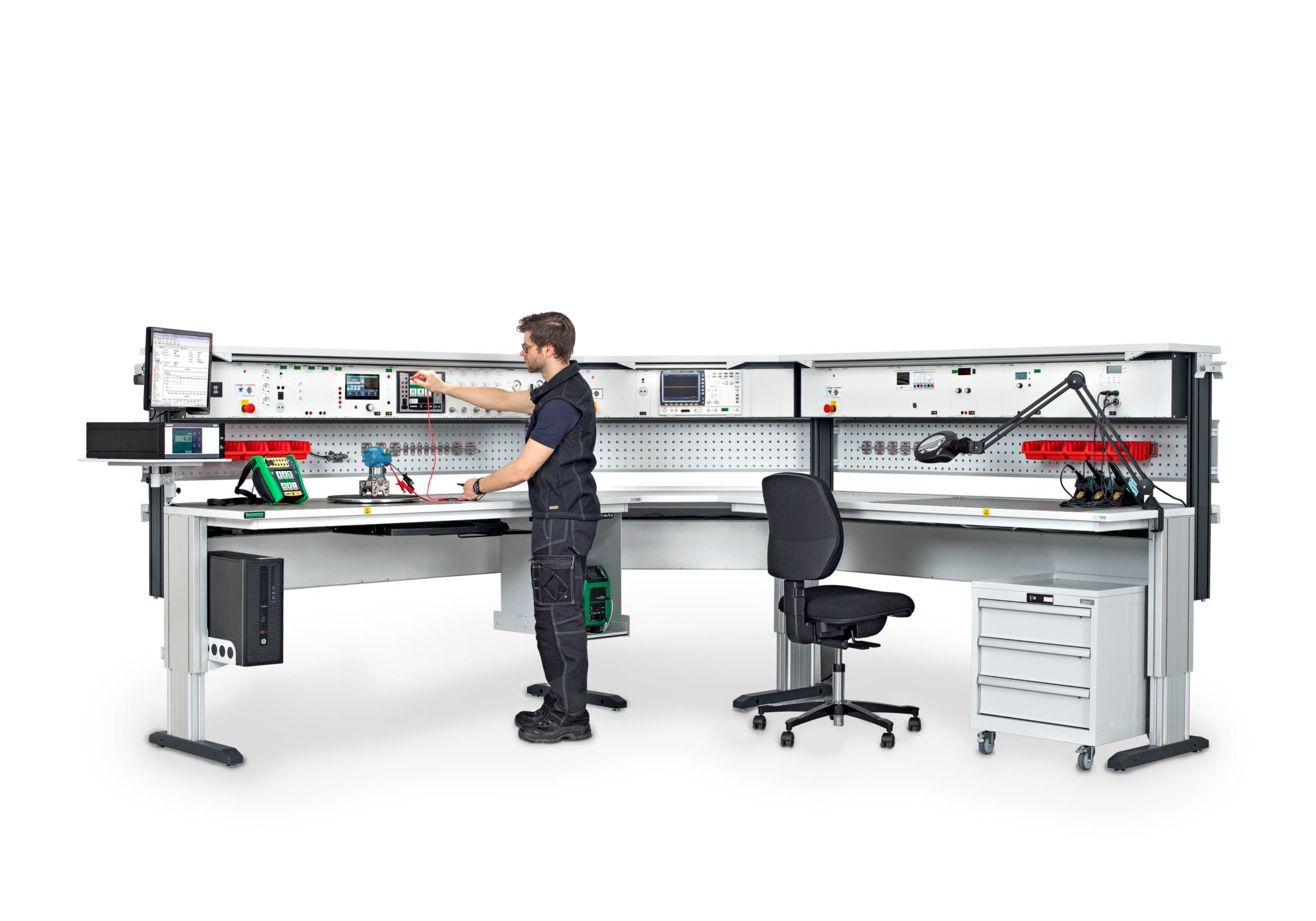A standard (measurement standard, laboratory standard, calibration standard, reference standard; an étalon) is a system, instrument, artifact, device, or material that is used as a defined basis for making quantitative measurements. The value and uncertainty of the standard define a limit to the measurements that can be made: a laboratory can never have better precision or accuracy than its standards. Measurement standards are generally used in calibration laboratories. Items with similar uses in a production shop are generally regarded as working-level
instruments by the calibration program. Primary standard. Accepted as having the highest metrological qualities and whose value is accepted without reference to other standards of the same quantity. Examples: triple point of water cell and caesium beam frequency standard.
Transfer standard. A device used to transfer the value of a measurement quantity (including the associated uncertainty) from a higher level to a lower level standard. Secondary standard. The highest accuracy level standards in a particular laboratory generally used only to calibrate working standards. Also called a reference standard. Working standard. A standard that is used for routine calibration of IM&TE. The highest level standards, found in national and international metrology laboratories, are the realizations or representations of SI units. See also: calibration standard
